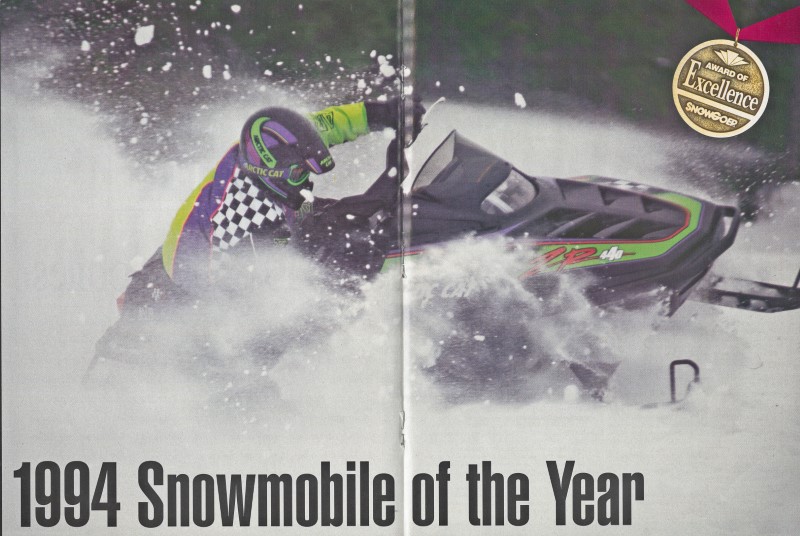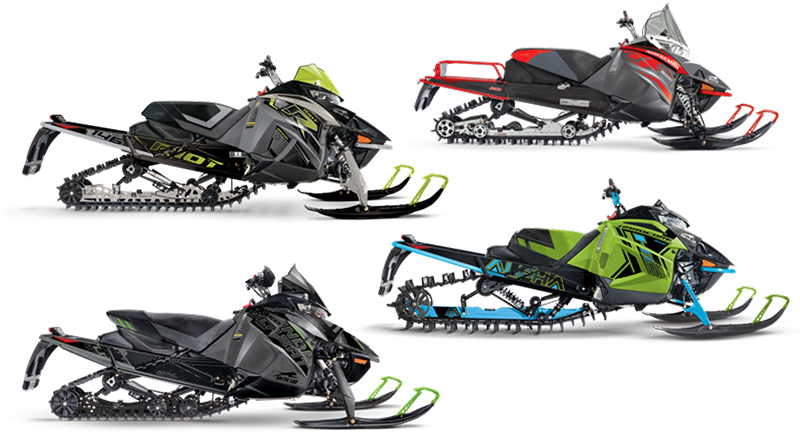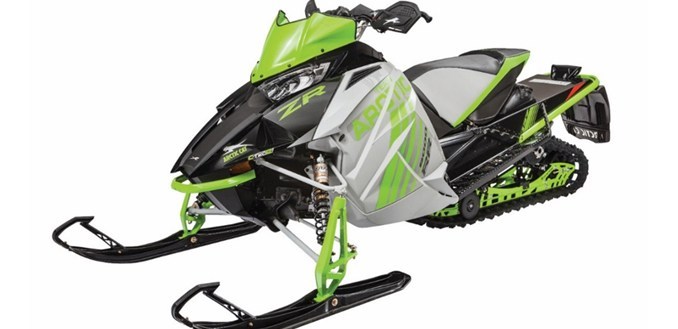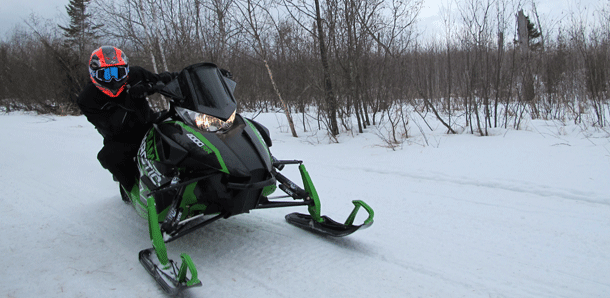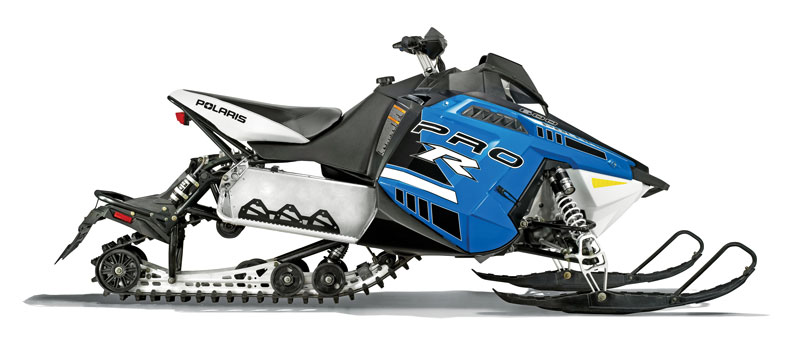
Since the Arctic Cat Firecat was axed after 2006, performance-minded Arctic Cat shoppers had, primarily, one choice: the hefty Twin Spar-based sleds. So when news broke in the spring of 2009 about the Sno Pro 500, Cat die-hards were ecstatic the company again had a lightweight trail ripper available to snowmobilers who didn’t have a polished race résumé. One problem remained: it was “only” a 500.
The 2010 Sno Pro 500 is a trail-legal race sled. Differences between it and the Sno Pro 600 piloted by Team Arctic racers are the shocks, engine, windshield and minor revisions in the skidframe. The bright green sled is fun to drive, especially on tight and/or rough trails because it handles well and feels light and nimble. Ride quality is a good balance between capability for an aggressive ride in the morning and comfort for the ride back to the trailer after pounding 150 miles of trail.
Some assumed the Sno Pro 500 would be underpowered, but we found the machine to have adequate “go” for banging through trails and windy rivers. Top speed on our demo sled’s speedometer was about 80 mph. Power delivery was better than we expected because we tested a prototype version of the sled in 2009 at our annual Rode Reports event in Colorado — at an area 8,000 feet above sea level. In a review (Snow Goer, November 2009, or search “Sport 85 Phazer RTX/Sno Pro 500” on snowgoer.com), we said the engine was short on power and flat to respond down low.
But back home in Minnesota last winter with our production sled, the fuel-injected engine had crisp acceleration in the low- and mid-range, with enough torque to lighten the front end when we blipped the throttle lever at the top of moguls or road approaches. We assume refinements to the fuel map, exhaust system and clutch calibrations after our test ride sharpened the performance.
Our demo sled’s engine loaded up if allowed to idle more than a few seconds, like when waiting to cross a road. Fortunately and surprisingly, it never fouled a spark plug. Arctic Cat has issued a service bulletin to repair this problem. At idle or when accelerating hard on the pipe, the note from the exhaust was louder than on our other demo sleds. This trait is typical of Arctic Cat sleds after some time, but our Sno Pro 500 had a pingy, hollow note since we took delivery.
The Sno Pro 500 has a few attributes that make it inconvenient for use as a trail sled, including a hard-to-find dimmer switch and handwarmer control. To fill the injection oil, six straps have to be unhooked so the hood can be set aside. When work in the engine compartment is complete, it takes a few extra steps and double-checks to reinstall the hood. To add storage space, we installed a Snobunje Tunnel Bag behind the seat. One more strike: the headlight is pointed too low, and there wasn’t adequate adjustment to aim it high enough.
Ergonomics are excellent, with a good view of the trail, a comfortable seating position and confident control through the handlebars. The seat accommodates aggressive riding up near the gas tank while the rear end is wider and comfortable for a more relaxed pace. Hand guards were necessary to help keep our hands warm and more traction is needed in the foot wells.
If you’re lucky enough to take an all-day ride on a Sno Pro 500, ask yourself afterward, “Do I really need more power than this?” You might agree that every snowmobile manufacturer should build a sled like the Sno Pro 500 because it’s quick, nimble and fun to ride. Even though it only musters about 85 hp, it’s fast enough for a majority of snowmobilers, especially those who can get over the stigma of riding a small-bore machine.

